Your idea to revolutionise the world of distribution is undoubtedly to be admired. It is an idea shared by a wide section of the public sensitive to the question and not only those who, like me, fight for existence along with my stay-at-home wife and a rent of 70,000 lire a month.The Milanese architect with his kind ways is Enzo Mari, whose wooden puzzles, "16 Animals" and "16 Fish," are classics of 20th century modern design. [16 Pesci is $399 on Amazon; vintage editions can be much more.]Our first child will be born in a few months. I beg you, Milanese architect with your kind ways, to help me make an alternative crib (or cot), very simply and with very little cost and a lot of love. I would like to be able to have an engraved "D" at the bed-head because if it's a boy I'm going to call it Davide, and if it's a girl Daniela...
-V.M. (Portici, 22 July 1974)
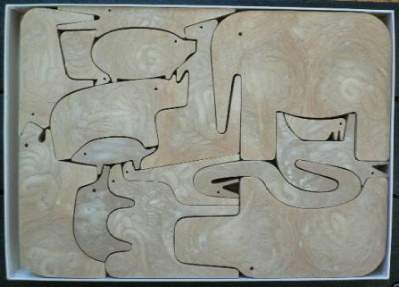
But in 1974, he also published a manifesto of sorts, a set of schematics for making simple furniture using standardized wood planks and nails. The pieces were called autoprogettazione, or "self-design, self-projects."
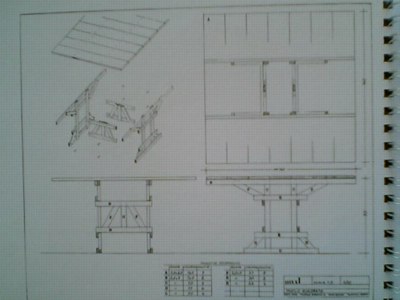
His first versions were exhibited in a gallery, while thousands of people took or requested the free catalogue with detailed instructions for making the no-nonsense furniture themselves. Anyone "apart from factories and traders" was free to make the furniture, or to make varations on it, and send him a picture. There were plans for nine tables, three chairs, a bench, a bookshelf, a wardrobe, and four beds. But no crib.
Mari estimated that a whole apartmentful of furniture could be built for 20,000L. worth of wood; he arranged for a company to sell a "pack of planks," precut to spec, for 40,000L.
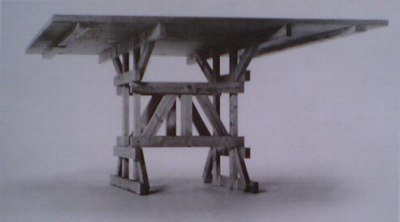
The point for Mari was not just to provide cheap, rustic alternatives to high-style, manufactured furniture. he wanted to call the whole idea of "design" and the ceding of understanding and connection and direct experience to a remote, industrialized, consumerist machine. It's a frankly Utopian idea, but he wanted to help people regain an understanding for how and why things are the way they are. By making something themselves.
A lot of high concept stuff, but I mention it here because Mari's autoprogettazione have been major inspirations for me as I've been working on building a bed for the kid. Admittedly, it's a crib design/idea that I've had sketched in my head for years. But the intention and the approach--and the ultimate realization and disssemination of it--have changed dramatically and will follow Mari's model very closely.
Starting from a proposition that a baby's bed must first of all be safe, then comfortable/functional, I tried to make a bed that can be replicated and varied by almost any parent with varying degrees of skill. You can make it from scratch--it's optimized to build using standard plywood sheets--or you can order the wood, a "pack of planks," finished or not, and assemble it yourself. Or you can take the designs to a shop or woodworker and have it fabricated. For someone who wants a strong modern design on an affordable level, the bed will provide the chance to throw in however much sweat equity is needed to make it happen.
It's a bit Utopian, frankly, and like most Utopias, it's been feeling pretty unattainable the last couple of months. But it's getting really close, so stay tuned. [Is that annoying to hear? It feels annoying to say...]
Even though it was reissued in 2002, Enzo Mari autoprogettazione? is a lot harder to find than it should be. [corrraini.com, stoutbooks.com]
Previously: The Crib Blog [12/05? ouch]

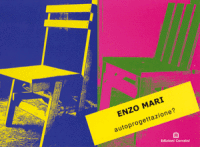


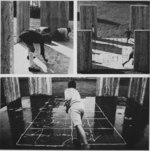
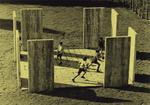
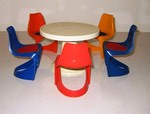
The crib sounds cool ...
... but the only thing I could think while reading this entry was, "Hey, the corners on the chair in that picture might be the sharpest, most dangerous corners on any piece of furniture, ever."
This is what being a parent has done to me.
[next project: "Ask me about the modernist dent in my forehead" t-shirts. -ed.]
All it needs really is for a finished article to be submitted for CPSC and/or JPMA testing before releasing the plans. That is not as expensive as you might think- about $1500. I think that would increase the confidence level for a lot of people. And if you include CAD files that can be easily programmed on a CNC router, it will be a lot easier to take it to a shop and have it made. You really don't want a bunch of shops redrawing the thing when they program it. I'm still looking forward to seeing this thing. Hope it doesn't look like that table!
[Agreed. While it's designed to meet all the CPSC regulations as a crib, the first one, ours, is being configured as a toddler bed, so I have to add the crib front for testing. Schematics and the DXF file will definitely be part of the deal, though, for exactly the reason you say. And no, it doesn't look like that table. ;) -ed.]